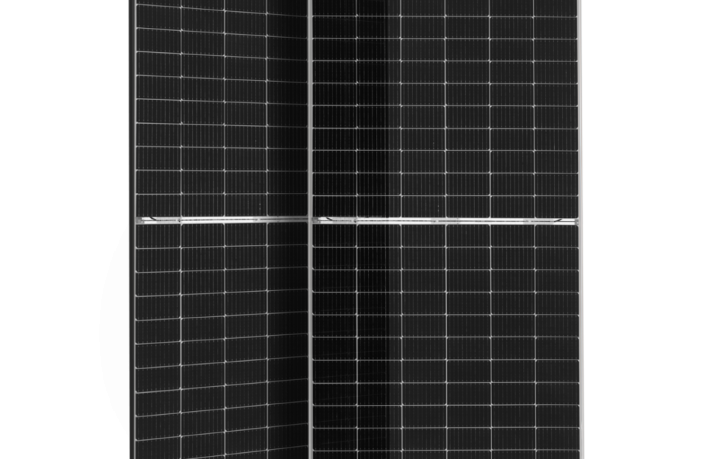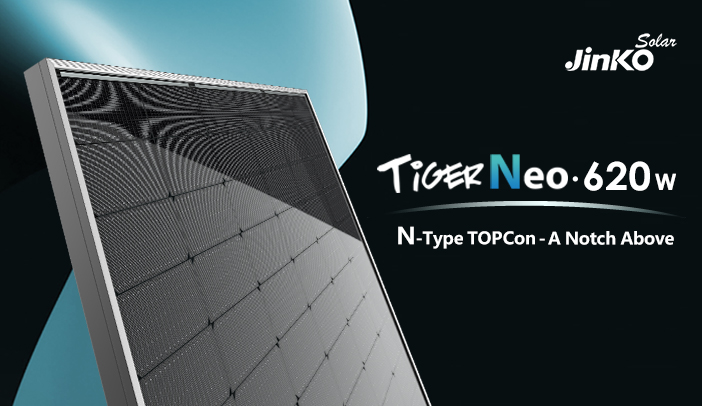- Despite the popularity of bifacial modules in utility-scale solar projects, developers are still not satisfied with the promise of PERC bifacial’s higher energy yield of 6% to 10% compared to a mono.
- They want to maximize the ROI of a bifacial investment, get better pay off from the balance of system (BOS) and installation cost.
N-type TOPCon bifacial is the answer and quite rightly. JinkoSolar’s TOPCon bifacial module – Tiger Neo, is claimed as “the true and top-rated bifacial solar module, as it has achieved a front conversion efficiency of 22.3% and a rear conversion efficiency of 18.9%, representing a bifacial factor of 85%, well exceeding the performance of the PERC bifacial.
To truly understand whether selecting an N-type TOPCon bifacial module will bring more revenue over time, just higher efficiency and bifacial factor over PERC cannot be the only parameters. The Levelized cost of energy (LCOE) comparison should take into account lower degradation (1% vs 2% for initial year and -0.4% vs -0.55% average degradation), zero LID and LeTID (-0.6% vs 2%), lower temperature coefficient (-0.3% vs -0.4%), better low light performance (1 hr/day longer), etc.
Comparing the LCOE of N-type bifacial to PERC bifacial is influenced by variable factors including project design, location, ground albedo, trackers, etc. But it has provided a very clear picture of the increased system performance using N-type bifacial systems. For example, on an LCOE basis, N-type bifacial may be perfect for deserts in North-West China or the Middle East, or regions like Massachusetts in the US or Heilongjiang province in China or Northern Europe where the reflexivity of sand and white snow cover will draw advantage from bifacials’ backside and generate more kilowatt-hours (kWh) compared to PERC bifacial.
In addition, N-type bifacial may be more cost-effective for a solar project in the Middle East, South and Southeast Asia and Latin America due to tropical climates and lower operating temperatures that may yield more energy and justify the higher upfront cost.
Author: Bryan Groenendaal













